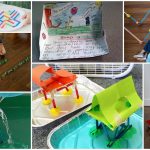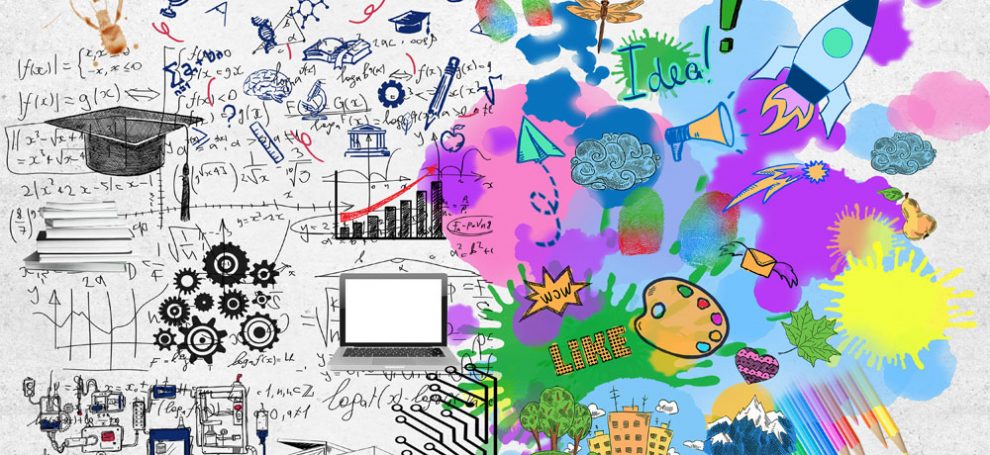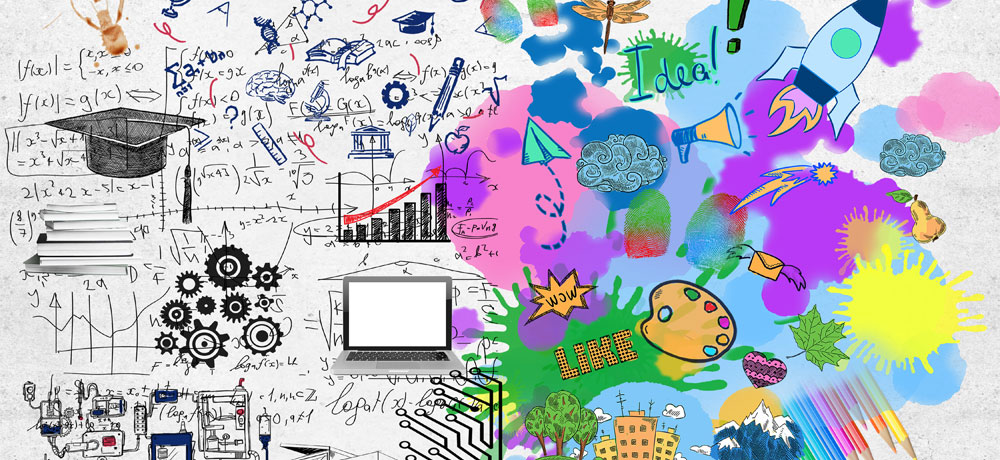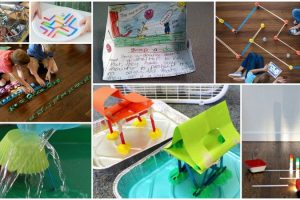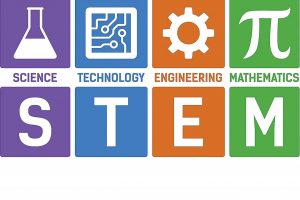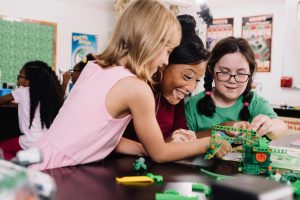STEM education has traditionally focused on technical skills in science, math, engineering and technology. However, incorporating arts and creativity is equally important for developing innovation, design thinking, and well-rounded talent. Integrative STEAM models that add art to STEM aim to cultivate the blend of technical and creative abilities students need to excel in the modern workforce.
Develops Creative Problem Solving
Arts education strengthens skills like divergent thinking, imagination, and innovative experimentation that enable solving problems creatively. Design challenges blending art and STEM promote envisioning unconventional solutions. As advocated by Rhode Island School of Design President Rosanne Somerson, “Creative problem solving is critical for the next generation of STEM innovation. Arts education provides students the tools to envision possibilities beyond the expected.”
Design Thinking
The design thinking process applies creative frameworks to identify unique solutions to complex challenges. Steps including empathizing, defining, ideating, prototyping and testing align with both artistic design and scientific method processes. Stanford University’s popular K12 Lab Network finds teaching interdisciplinary design thinking develops key innovation abilities. Students learn to:
- Deeply understand problems from diverse perspectives
- Brainstorm creative ideas without judging initial concepts
- Rapidly iterate hands-on prototypes to test feasibility
- Take risks and persist through failures to refine designs
These human-centered design competencies prepare students to devise innovative solutions to improve lives.
Enhances Engagement & Persistence
Arts-integrated instruction provides diverse entry points into STEM that broaden engagement, especially for groups underrepresented in technical fields. Students connect to material through creative mediums aligned with their unique talents and interests. This engages diverse learning styles. As stated by Dr. Chell Nyquist, advisor to many STEM education programs, “Integrating arts improves attitudes so students associate STEM fields with the joy of creativity versus dry academics.” This motivation powers persistence when challenges arise.
Develops Well-Rounded Learners
While filling STEM talent pipelines is crucial, Dr. Vinton Cerf, Vice President at Google, cautions narrowly equipping only technical skills creates “one dimensional students”. Blending arts expands capabilities for visualizing, designing, creating, self-expression and perspective taking. This benefits careers and lives by developing agile, outside-the-box thinkers. As education scholar Dr. Jane Hunter states, “Artistic STEM students are the polymaths we need to spur future Renaissance-like explosions of innovation.”
Fosters Collaboration and Communication
Arts activities teach working in diverse teams, giving and receiving feedback, presenting ideas visually, and communicating concepts in a compelling manner. These soft skills complement technical expertise. As advocated by Kimberly Green, VP at Ford Motor Company, “Artistic experiences develop the ability to synthesize different viewpoints and tell multidimensional stories – capabilities critical for today’s STEM careers.”
Spatial Skills
Music, sculpture, drama improve spatial reasoning linked to high achievement in engineering and computer science. Students who develop mental rotation, pattern recognition and object visualization through arts apply these talents to manipulate complex 3D modeling or massive data structures. Rhode Island School of Design research found arts students were consistently top performers in these spatial skills.
Improves Retention
Artistic activities activate sensory brain areas that improve encoding and retention of associated content. Students remember concepts better when learned through creative multisensory lessons and projects. According to Dr. Brian Knutson’s neuroeducation research at Stanford, “Arts-integrated instruction improves recall by creating multiple mental hooks to retrieve and apply STEM knowledge.”
Models Creative Careers
Highlighting STEM professionals who leverage the arts provides diverse role models. Showcasing software engineers who design intuitive interfaces, architects who create aesthetically engaging buildings, medical device designers who consider patient experience, and data scientists who visualize insights opens students’ eyes to STEAM career possibilities. Seeing creativity valued in real-world STEM jobs empowers students to pursue interests across both art and science disciplines.
Promotes an Innovative Culture
Schools focused solely on technical academics and testing can inhibit the risk taking, curiosity, and collaboration required for innovation. Arts activities cultivate creativity, self-expression, and growth mindsets. Stanford University’s Design School research found “the culture created through arts integration is key to developing the habits of mind that inspire students to believe they can change the world.” This motivates trailblazing new ideas, inventions, and human-centered solutions.
There are many methods schools can leverage to integrate arts into STEM curriculum and cultivate well-rounded creative talent:
Design Challenges
Pose solutions for real-world problems that require designing artistic solutions applying STEM concepts. For example, create sculptures to teach science concepts, program music compositions, or engineer adaptive devices through empathetic observation of user needs and iterative prototyping.
Improvisational Exercises
Improv comedy builds quick thinking, teamwork, communication skills, and the creative confidence to improvise innovative solutions. Applied Improvisation Network research found improv education increased perseverance, problem solving, and divergent thinking — top predictors of career success.
Field Trips & Guest Speakers
Visit companies, museums, and colleges showcasing arts-influenced STEM like Pixar, MIT Media Lab, Guggenheim Museum, or local architecture and design firms. Meet diverse professionals who use both artistic and technical skills.
Music & Theater
Have students create songs or performances dramatizing scientific concepts and historical events. These activities boost creative expression and retention of material.
Student Created Art
Rather than prefabricated kits, provide open-ended materials for students to design their own unique science fair projects, inventions, data visualizations, 3D modeled simulations, robots, or sculptures to display learning.
Reflective Writing & Discussion
Journal reflections and class discussions about how STEM subject matter connects to student’s own interests, perspectives, and lives merges identity with academics for deeper engagement.
Blending technical rigor with arts education develops the multifaceted talents and integrative thinking abilities students need to envision and implement solutions to complex 21st century challenges. As STEM permeates every industry, from healthcare to entertainment to transportation, education must mirror this convergence. Integrating creative arts is critical for nurturing the innovative leaders of the future.




